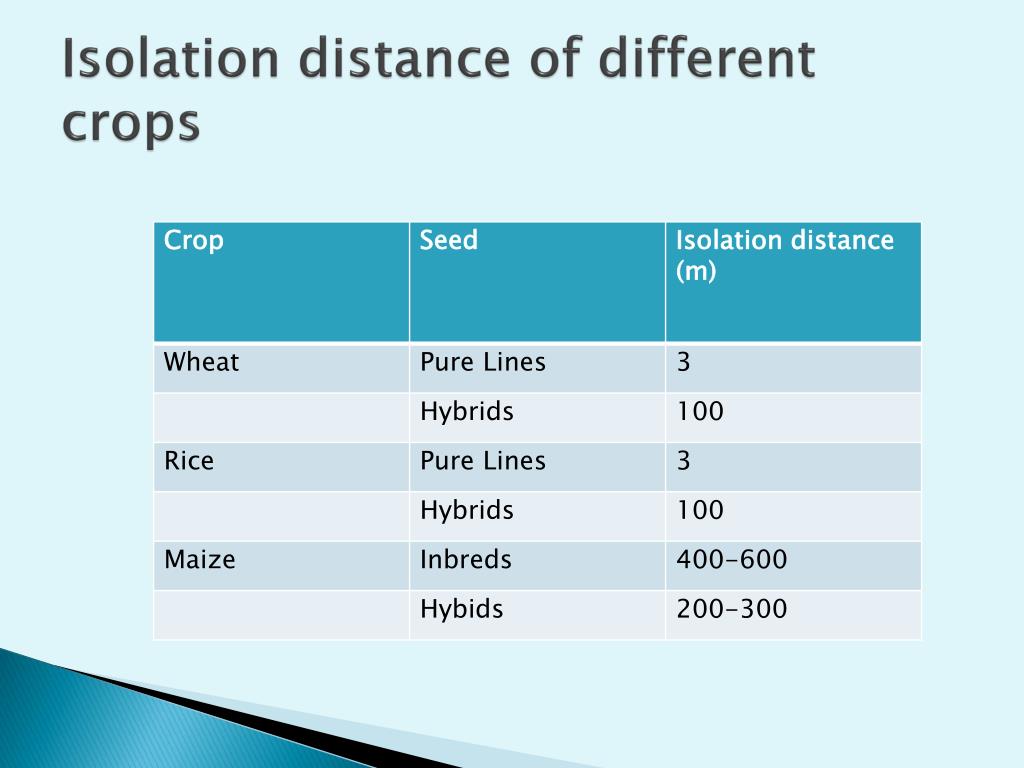Isolation Distances for Seed Saving: Ensuring Genetic Purity in Your Homestead
Introduction:
Seed saving is an essential practice for homesteaders and rural living enthusiasts. By preserving and propagating our own seeds, we can reduce dependency on commercial seed sources, maintain plant diversity, adapt crops to specific growing conditions, and ultimately foster self-sufficiency. However, to ensure the genetic purity of saved seeds, it is crucial to understand the concept of isolation distances.
What are Isolation Distances?
In the context of seed saving, isolation distances refer to the physical separation required between different varieties or species of plants to prevent cross-pollination. Cross-pollination occurs when pollen from one plant variety fertilizes flowers on another variety or species nearby. This can result in hybridization and loss of genetic purity in subsequent generations.
Determining Appropriate Isolation Distances:
Several factors influence the appropriate distance needed for adequate isolation between plants. These factors include crop type (self-pollinating vs. cross-pollinating), pollinator behavior, wind patterns, landscape features like hills or valleys that may impact airflow, and neighboring gardens or farms.
Self-Pollinating Crops – Shorter Isolation Distances:
Self-pollinating crops have flowers that contain both male and female reproductive organs (e.g., tomatoes, beans). These plants can often achieve pollination without external assistance from insects or wind. To ensure genetic purity within these crops typically requires shorter isolation distances ranging from 10 feet up to 100 feet depending on specific crop requirements.
Cross-Pollinating Crops – Longer Isolation Distances:
Cross-pollinating crops rely on external agents like insects (bees) or wind for pollination (e.g., corn). Due to their reliance on outside influences for successful reproduction, these crops generally require longer isolation distances compared to self-pollinators. For open-pollinated varieties with a high risk of cross-pollination, isolation distances may range from a quarter-mile to several miles.
Understanding Pollinator Behavior:
Determining appropriate isolation distances also requires understanding pollinator behavior. Bees, for example, are known to travel long distances in search of nectar and pollen. They can potentially carry pollen from one variety to another, even if they are situated farther apart than recommended isolation distances. Wind-borne pollen can travel even greater distances, making it crucial to consider wind patterns and the potential impact on cross-pollination.
Creating Physical Barriers:
In situations where long-distance isolation is not feasible due to limited space or neighboring gardens/farms, physical barriers can be employed as an additional precautionary measure. Netting or floating row covers made of fine mesh material can help prevent unwanted pollinators from accessing plants during their flowering period.
Hand-Pollination Techniques:
Another way to ensure genetic purity is through hand-pollination techniques. By manually transferring pollen from the desired male flower (stamen) onto the female flower (pistil), you eliminate the risk of unintended hybridization. Hand-pollination is particularly useful when dealing with crops that have complex reproductive structures or require specific environmental conditions for effective fertilization.
Maintaining Accurate Seed Records:
To manage seed saving effectively and track your plant varieties’ genetic integrity, maintaining accurate seed records is essential. Keep detailed notes on planting dates, locations, varietal characteristics, and any potential sources of contamination nearby. This information will help you assess whether your saved seeds exhibit any unexpected traits in subsequent generations.
Conclusion:
Isolation distances play a crucial role in maintaining genetic purity when saving seeds on your homestead or rural living property. Understanding the differing requirements between self-pollinating and cross-pollinating crops helps determine appropriate distance ranges for successful seed saving endeavors. Additionally, considering pollinator behavior and implementing physical barriers or hand-pollination techniques further ensures that your saved seeds remain true to their parent plants. By practicing proper isolation distances, you can preserve the genetic diversity of your crops and contribute to the sustainability and self-sufficiency of your homestead.


Leave a comment